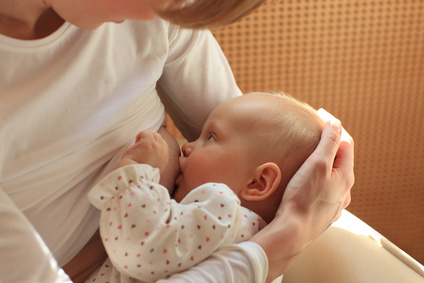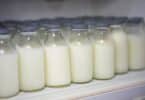A new study out of North Carolina has found that young mothers have the highest amounts of flame-retardant chemicals in their breast milk.
300 women submitted breast milk samples for researchers to study the chemical risks. Women over the age of 35 were found to have the lowest levels of flame-retardant chemicals in their breast milk. The younger the mothers were, the higher the amounts of these dangerous chemicals. Mothers younger than 25 were found to have the highest level of chemicals in their milk.
Flame retardant chemicals, known as PBDEs, are found in almost every item within the home. Furniture, electronics, and carpeting all contain significant levels of PBDEs in order to protect from fire. Most people have traces of these chemicals in their blood from dust and food that contain traces of PBDEs. Some pollutants have been shown to decrease the longer a woman breastfeeds, however, this has not been the case with flame retardants. Levels one year after birth are the same as levels three months after birth.
The effects of these chemicals on humans are not yet fully understood. Studies done on rats have linked PBDEs to hyperactivity, poor memory, and thyroid issues. PBDEs have in banned in Europe and some U.S. states. Summer, Staff Writer
Related Pregnancy Articles:







